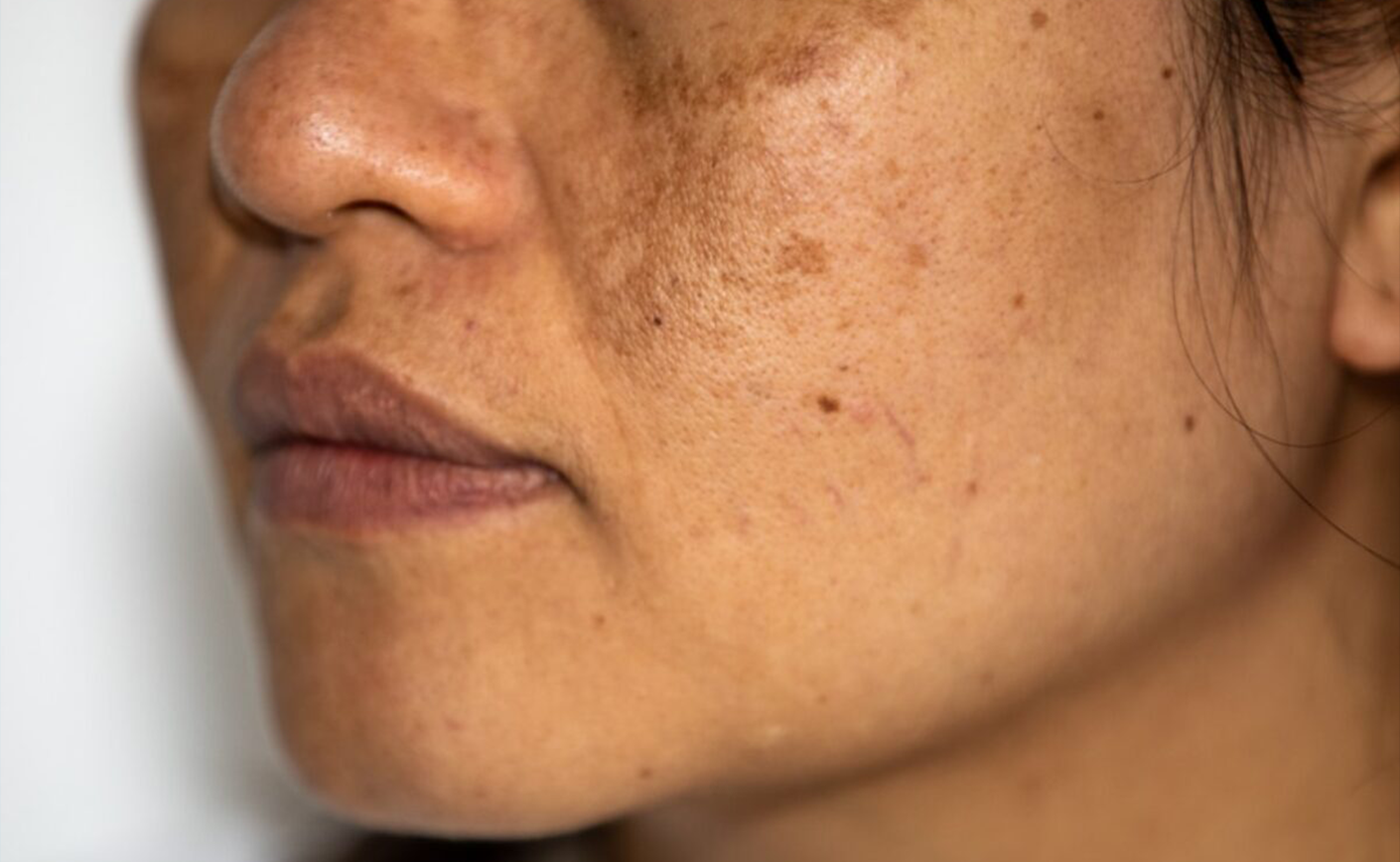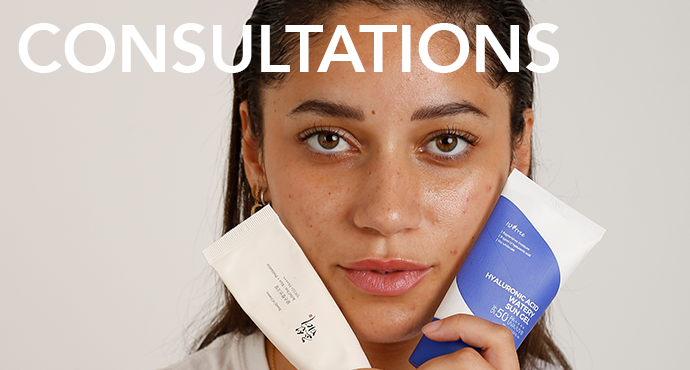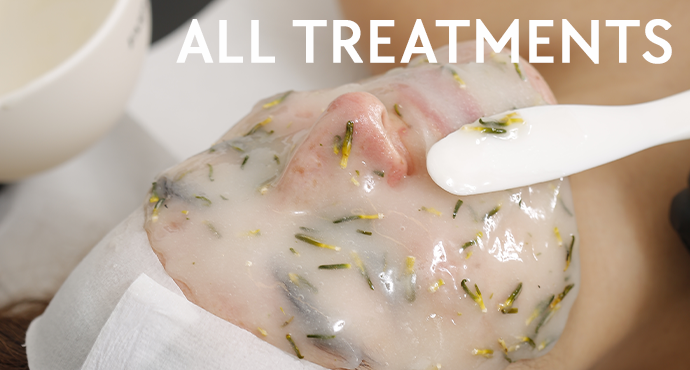
Hyperpigmentation refers to those dark spots that appear on our skin, often a source of frustration and discomfort. Whether caused by sun exposure, inflammation, hormonal imbalances, or certain medications, the skin may react by producing too much melanin, the pigment that gives it color. This article delves into the mechanisms of hyperpigmentation, the different types, and the available therapeutic approaches. From sun protection to professional treatments, learn how to care for your skin and achieve a more even and radiant complexion.
The Mechanisms of Hyperpigmentation
Hyperpigmentation is characterized by the appearance of dark spots on the skin, caused by an overproduction of melanin. Several factors can trigger this overproduction:
- Sun Exposure: UV rays stimulate melanocytes (melanin-producing cells) to protect the skin from damage. Prolonged or unprotected exposure can lead to melanin buildup.
- Inflammation and Injuries: Any skin injury, such as acne, cuts, or burns, can cause post-inflammatory hyperpigmentation (PIH). The skin produces more melanin in response to inflammation.
- Hormonal Imbalances: Hormonal changes, particularly during pregnancy (chloasma or pregnancy mask) or due to oral contraceptives, can lead to hyperpigmentation.
- Certain Medications: Some medications can increase skin sensitivity to the sun or directly influence melanin production.
Types of Hyperpigmentation
- Sunspots (Solar Lentigines): Also known as age spots or liver spots, these typically appear on sun-exposed areas like the face, hands, and arms.
- Melasma: Often symmetrical and appearing on the face, this type is hormone-related and common during pregnancy or with hormonal contraceptive use.
- Post-Inflammatory Hyperpigmentation (PIH): Occurs after skin inflammation or injury. These spots can be red, brown, or black and are common after acne breakouts.
Therapeutic Approaches
To treat hyperpigmentation, several options are available, ranging from topical treatments to medical procedures. Here are the most common:
Sun Protection
The foundation of any hyperpigmentation treatment is sun protection. Using a broad-spectrum sunscreen (UVA and UVB) with at least SPF 30 daily is essential to prevent the worsening of dark spots and the appearance of new ones. Apply generously and reapply every two hours, especially after swimming or sweating.
Depigmenting Ingredients
Several active ingredients can help reduce the appearance of dark spots:
- Vitamin C: A powerful antioxidant that inhibits melanin production and enhances skin radiance. Available in serums, it brightens existing spots and protects against future damage.
- Kojic Acid: Derived from fungi, this ingredient reduces melanin production. It’s often used in creams and serums for its effectiveness.
- Alpha-Hydroxy Acids (AHAs): Like glycolic acid, these gently exfoliate the skin, promoting cell renewal and reducing dark spots. Found in cleansers, toners, and creams.
- Hydroquinone: A highly effective lightening agent, but it must be used under medical supervision due to potential side effects. It is often prescribed for severe hyperpigmentation.
Professional Treatments
For faster results or deeper pigmentation issues, professional treatments can be considered:
- Chemical Peels: Use acids to deeply exfoliate the skin and reduce spots. They vary in intensity and should be performed by a professional.
- Laser and Intense Pulsed Light (IPL): These technologies target and break down dark pigments, helping the skin regain a more even tone. Multiple sessions are usually needed and should be done by a qualified dermatologist.
- Microneedling: This technique uses tiny needles to create micro-injuries in the skin, stimulating collagen production and helping to even out skin tone. It can be combined with serums for better results.
Hydration and Skincare
Maintaining proper skin hydration supports renewal and damage repair. Moisturizers, serums, and oils can play a supportive role in managing hyperpigmentation. Look for products containing hyaluronic acid, glycerin, or ceramides for optimal hydration.
Tips to Prevent Hyperpigmentation
- Avoid direct sun exposure: Wear protective clothing, wide-brimmed hats, and sunglasses to minimize UV exposure.
- Use gentle products: Avoid harsh skincare products that can irritate the skin and trigger post-inflammatory hyperpigmentation.
- Adopt a regular skincare routine: Cleanse, exfoliate, and moisturize regularly to maintain an even and healthy skin tone.
Although benign, hyperpigmentation can be frustrating. A deeper understanding of its mechanisms, types, and treatment options can help manage this condition effectively. It is always recommended to consult a dermatologist for a precise diagnosis and personalized treatment plan. With the right information and care, it is possible to achieve a more even and radiant complexion.
Taking care of your skin is not just about appearance but also about well-being. Be patient and consistent in your approach, and remember that every skin is unique and deserves special attention. By adopting a tailored skincare routine and taking preventive measures, you can reduce the risks of hyperpigmentation and enhance your skin's overall health.










